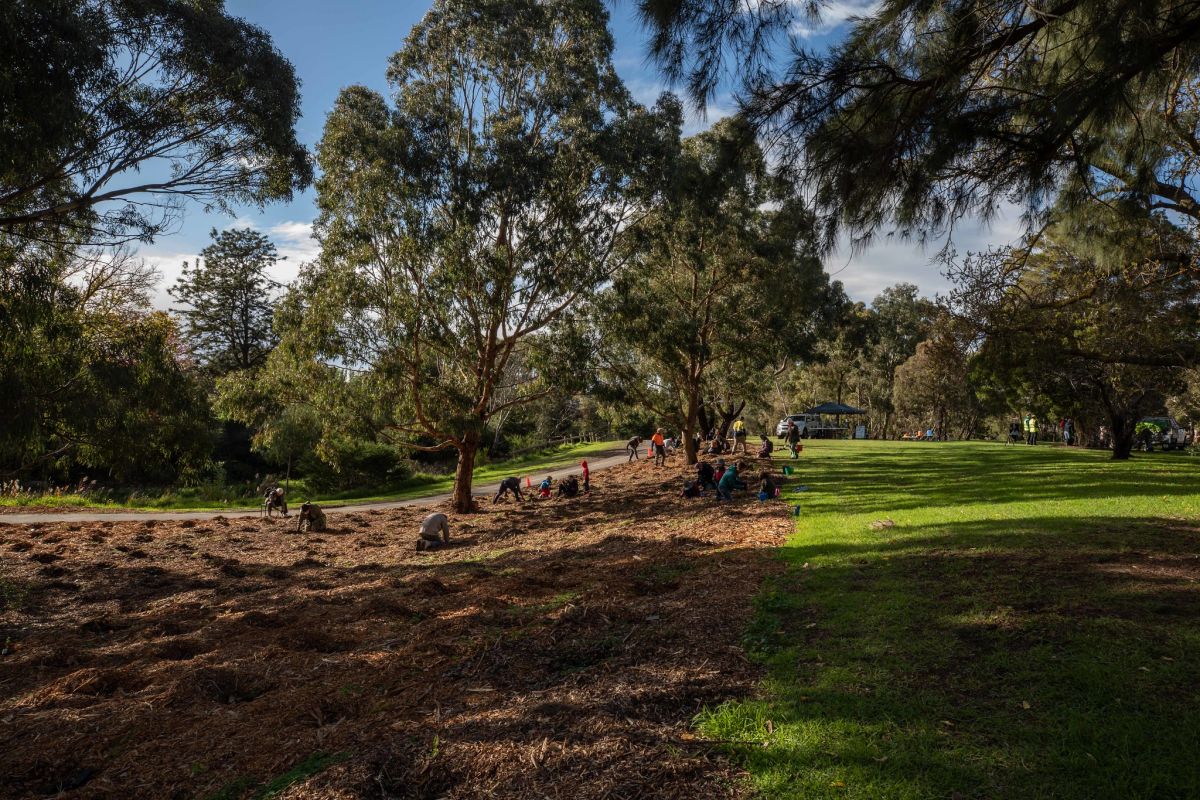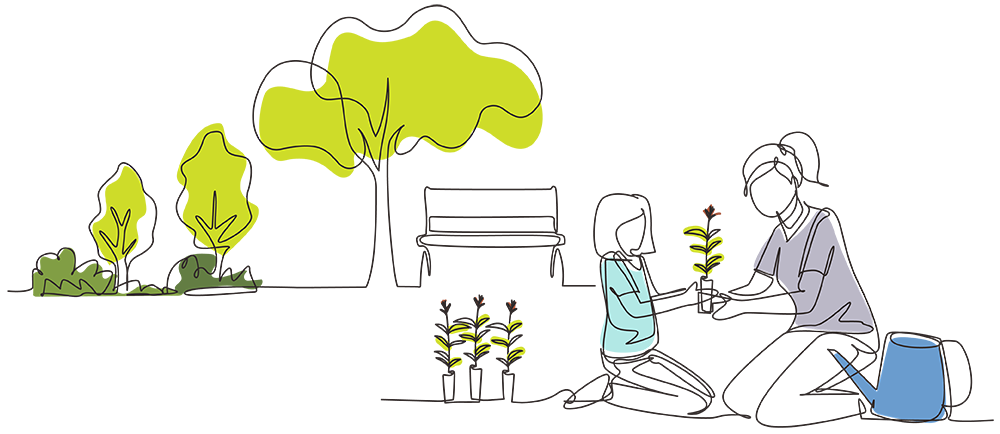
Tree Tracker
Target = 500,000 trees planted
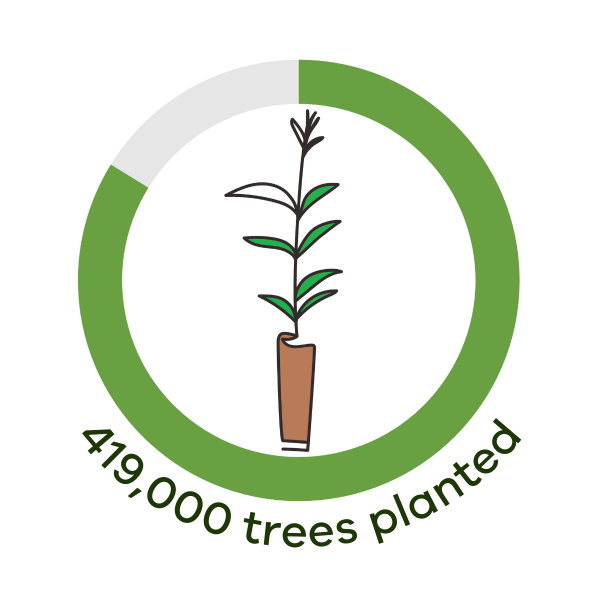
Latest news
The More Trees for a Cooler, Greener West program has reached 400,000 trees planted for the program!
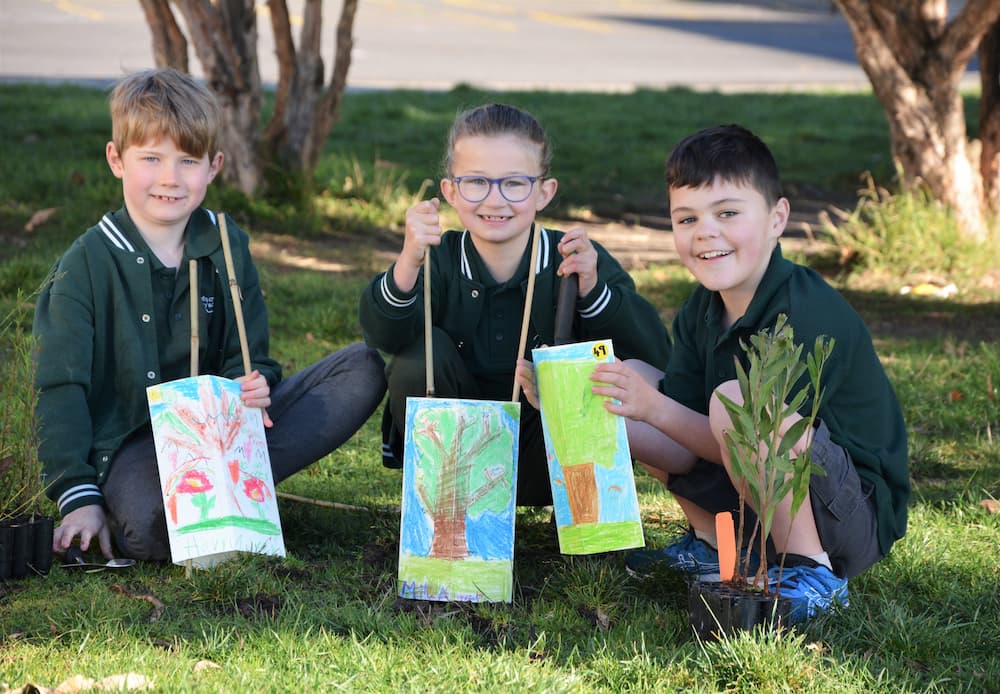
Image supplied by Greater Western Water
Watch the videos below to see more about the difference the program is making across Melbourne's west.
Urban tree cover in Melbourne 2018
The western region currently has the lowest tree canopy cover in Melbourne. Urban development that results in the loss of trees and vegetation causes average temperatures in these areas to increase.
This is known as the urban heat island effect, which impacts the health of both people and animals.
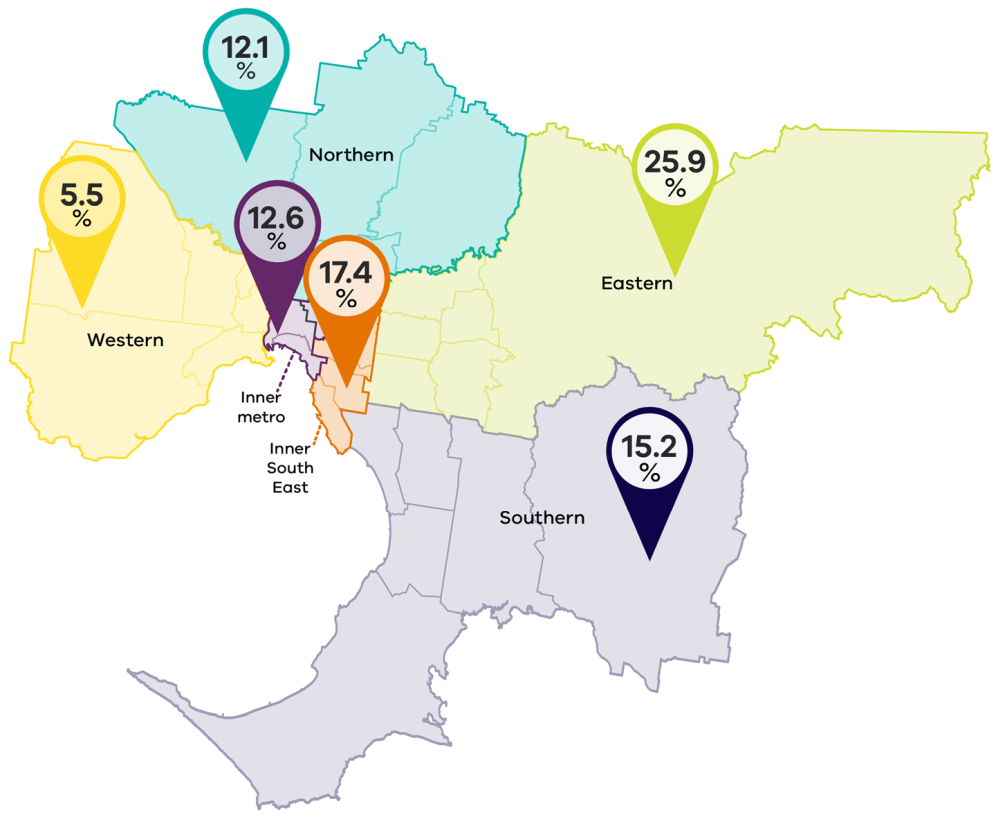
| Region | Tree cover % |
|---|---|
| Western | 5.5% |
| Northern | 12.1% |
| Inner metro | 12.6% |
| Southern | 15.2% |
| Inner South East | 17.4% |
| Eastern | 25.9% |
To help address this, the More Trees for a Cooler, Greener West Program will see more trees planted in Melbourne’s west. The program aims to plant trees in urban areas with the lowest tree canopy cover. This is a low-cost option to help address problems of the urban heat island effect as part of cooling and greening Melbourne. Planting trees provides benefits including:
- increasing the urban forest and canopy cover for increased shading and cooling
- increasing biodiversity by planting a variety of tree sizes and species and contributing to wildlife corridors
- reducing urban temperatures, which will help reduce heat-related illness and death. Canopy trees not only cool the surrounding air, but can reduce the temperature of surfaces they shade (e.g. buildings and roads) by 10-25°C
- helping clean the air by filtering pollutants and providing oxygen, as well as helping meet Victoria’s goal of net-zero emissions by 2045
- providing more accessible green spaces for urban residents for recreation and amenity to increase connections with nature and improve mental and physical health
- improving stormwater management through increased filtering and reduced runoff.
Community tree planting events
Stay tuned for tree planting events in Autumn/Winter 2025!
Page last updated: 07/01/25
